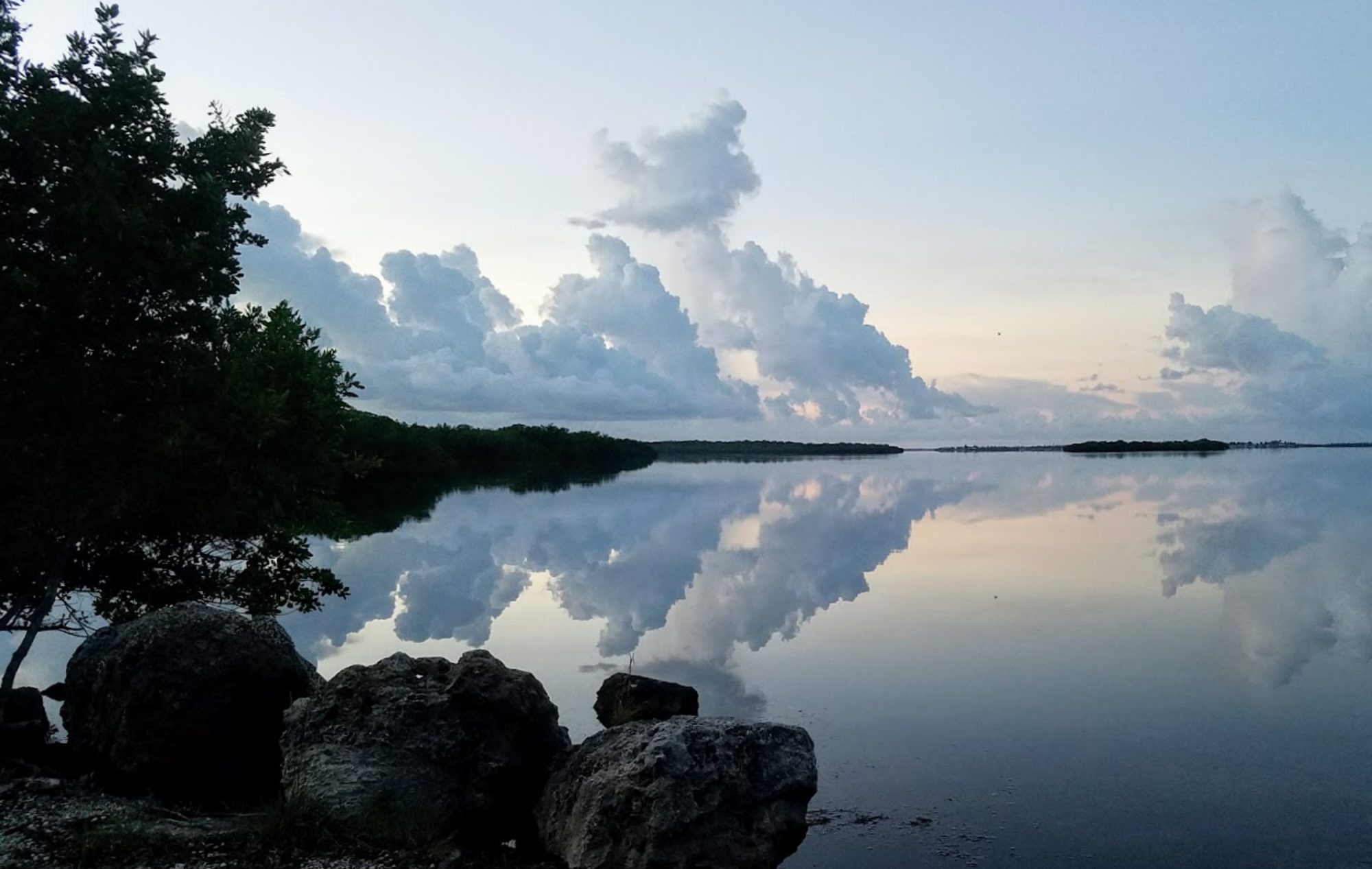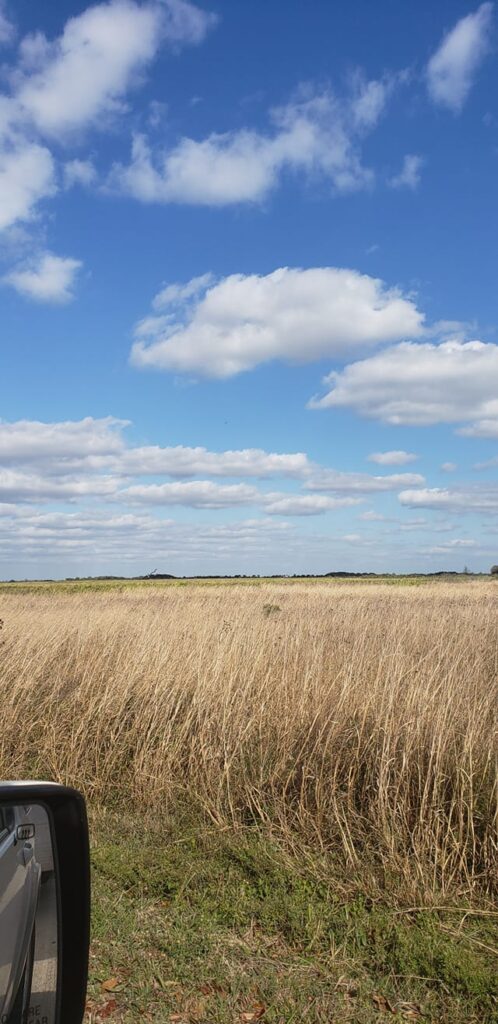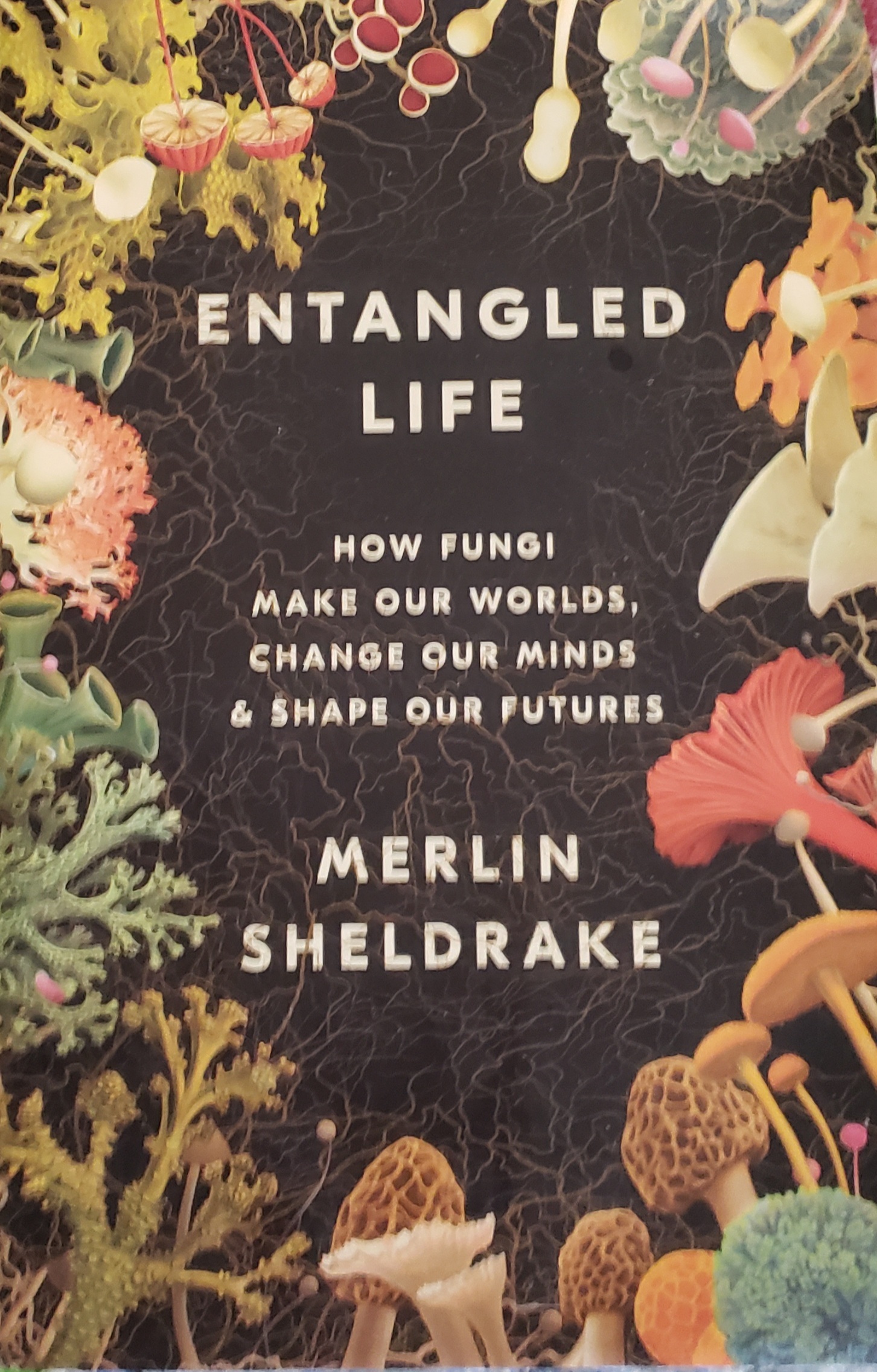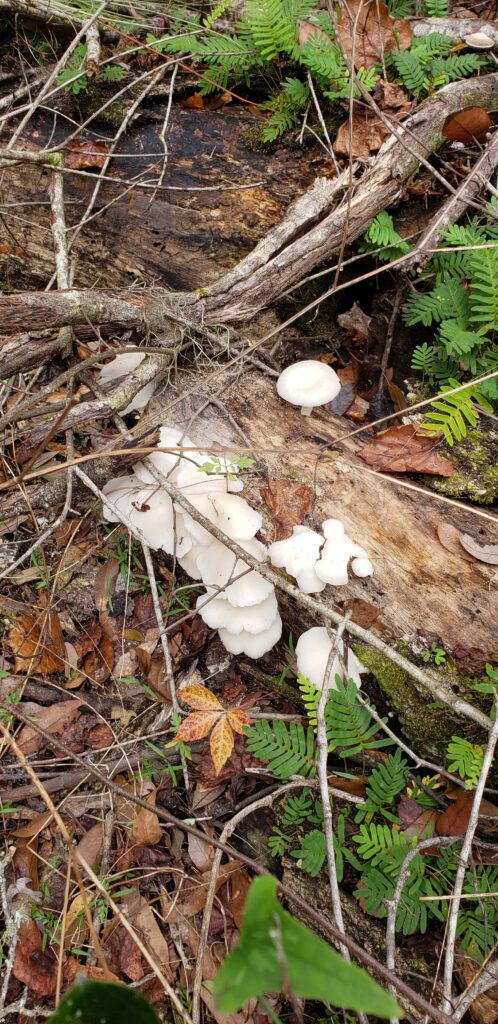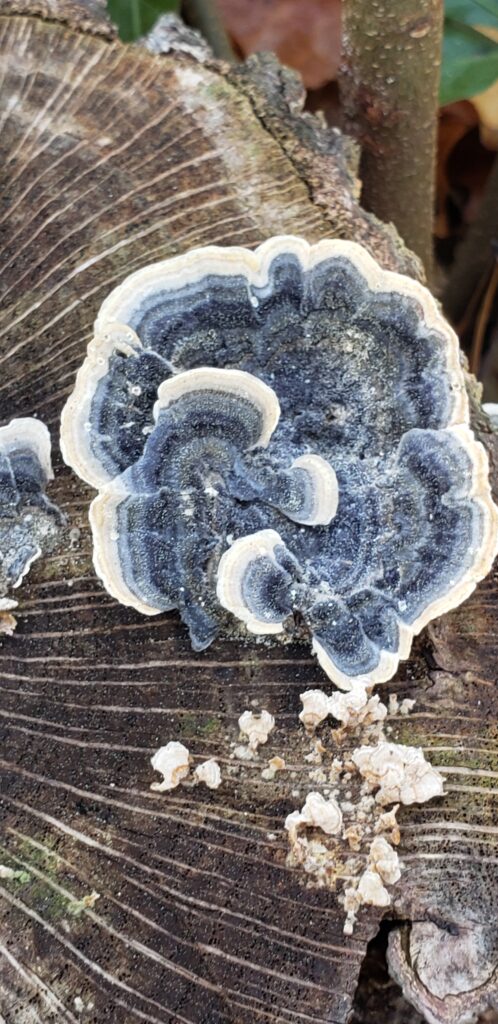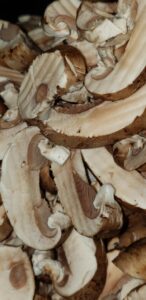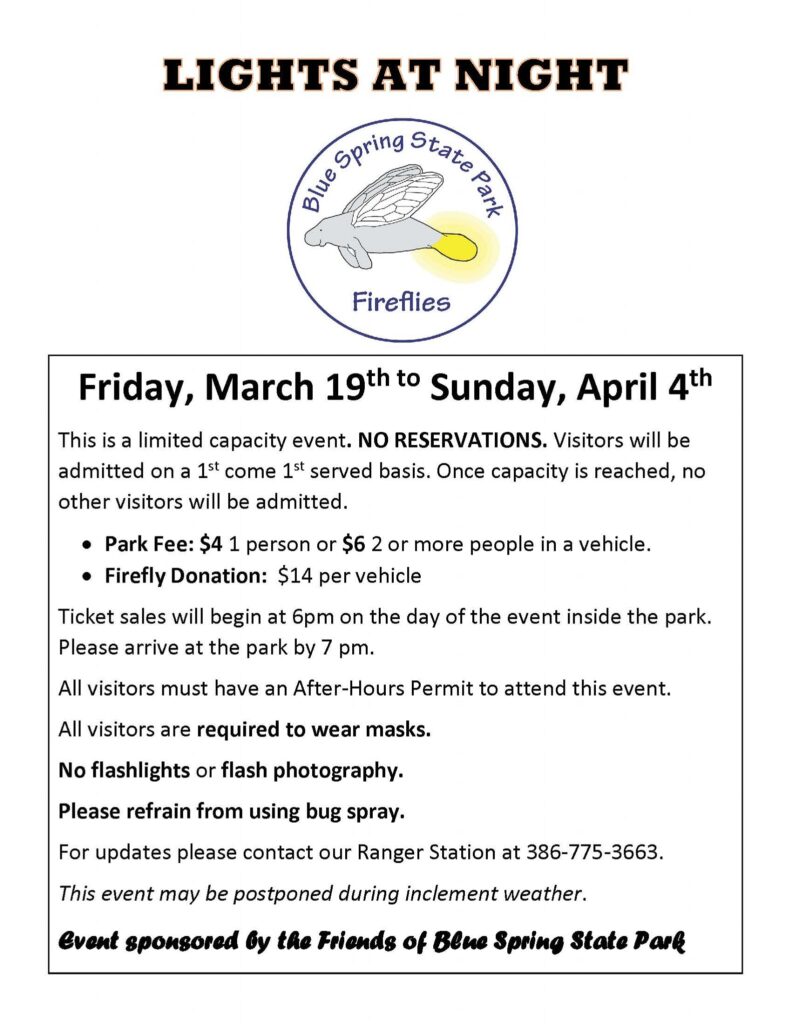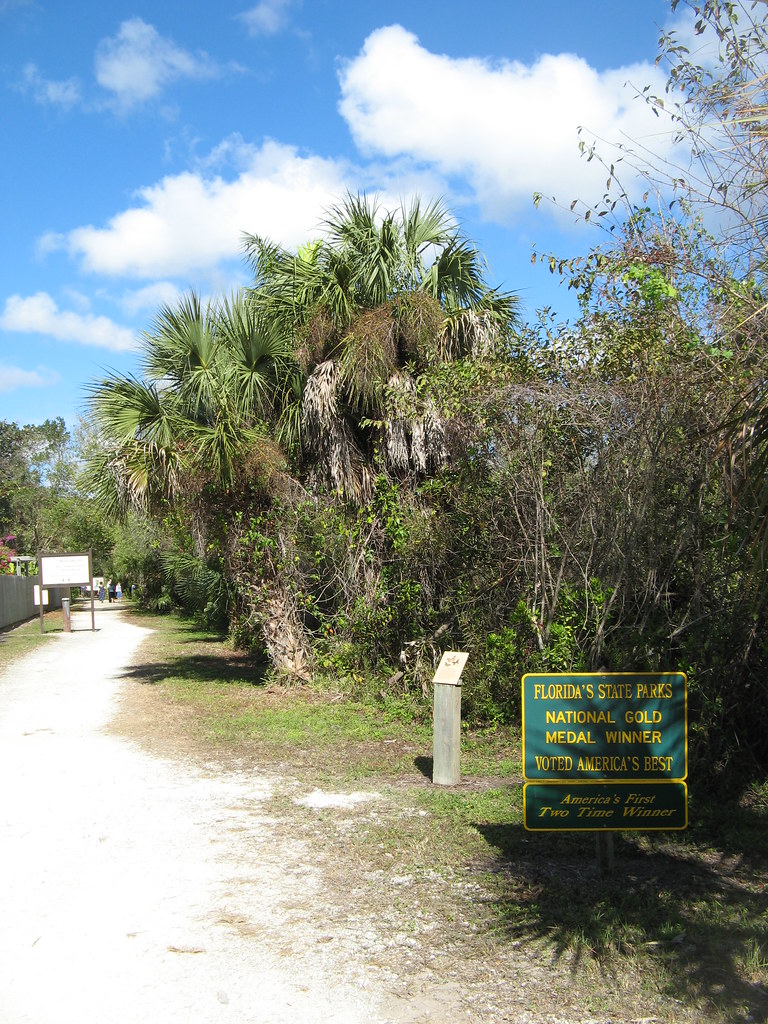Along with Lake County and East Lake County Chamber of Commerce, I encourage all residents of Lake County to celebrate Gopher Tortoise Day on April 10.
Gopher TOrtoise Day
Gopher Tortoise Day was started by the Gopher Tortoise Council. This group formed in 1978 by southeastern biologists and others concerned with the decline of the species. The gopher tortoise is a large land turtle that lives in burrows it digs in sandy soil. Many other species, such as the Eastern indigo snake and the gopher frog, use the burrow for refuge. Gopher tortoises are herbivores that feed primarily on wiregrass, broadleaf grasses, legumes and non-legume forbs.
Printed materials available at chamber of commerce
I will be providing printed materials prepared by FWC to inform the community about gopher tortoises and other animals that depend upon their burrows. These materials will be available at East Lake County Chamber of Commerce on and after April 10, 2021.
My Exquisite Florida encourages individuals and organizations to assist in the conservation of this important species by adopting a Gopher Tortoise Day in their communities to increase awareness and appreciation for these long-lived, gentle reptiles.
In Florida, gopher tortoises are state and federally protected, and are found in all 67 counties. They are frequently encountered in neighborhoods, along roadways, and on many of the state’s private and public lands.
Keystone species
Gopher tortoises are a keystone species because they dig huge underground burrows. The burrows provide refuge for over 360 other wildlife species. In Florida, some of the endangered species that benefit are the Florida Pine Snake, Gopher Frog, Eastern Indigo Snake, Florida Mouse, and Eastern Diamondback Rattlesnake. Additionally, hundreds of invertebrates like beetles and crickets depend on tortoise burrows! Without gopher tortoise burrows, many of these species might not survive.
